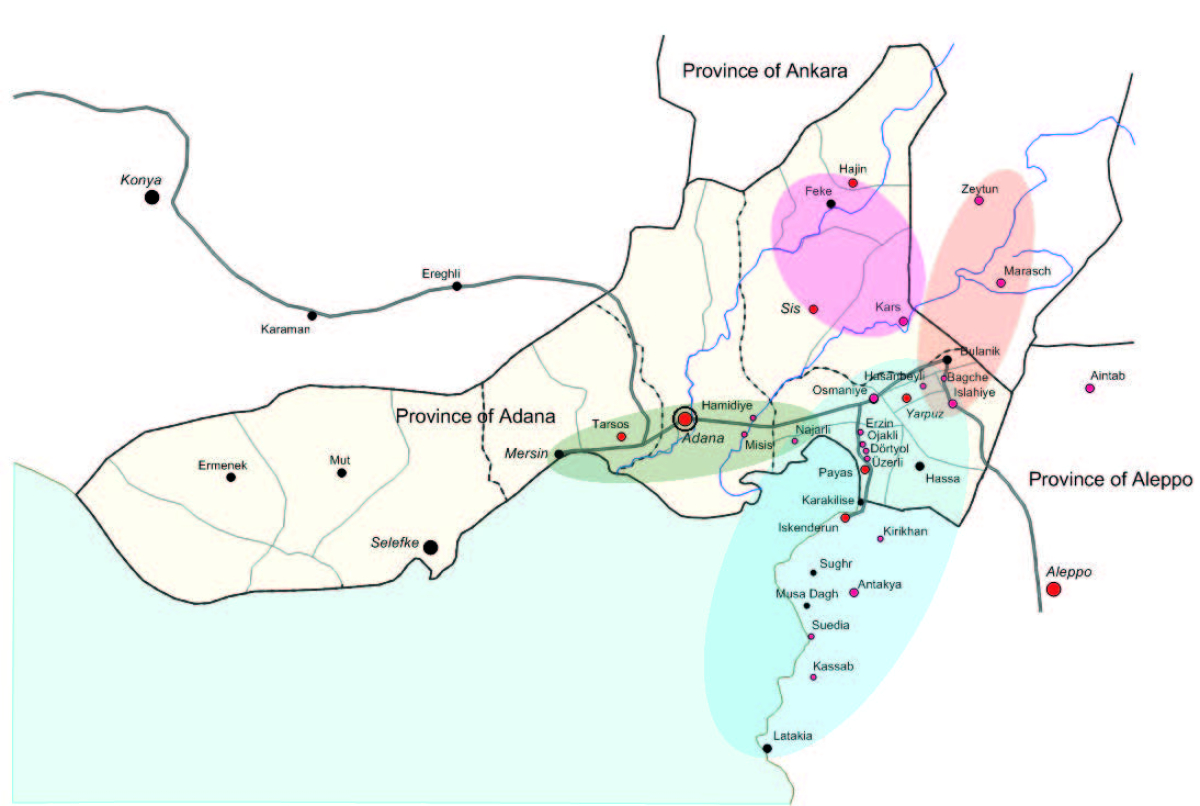The Armenian Massacres of 1909: Prelude to Genocide?
The KFG's Senior Reseacher Nader Sohrabi will present his current research on the Armenian Massacres of 1909 on 3 July, 6:15 p.m. at Leipzig University's Research Academy (Villa Tillmanns, Wächterstraße 30).
Spontaneous public outbreaks were the primary cause for the disaster that gripped the Armenians in Adana and its adjacent Aleppo province in 1909. Recent scholarship has insisted on continuity between the 1909 and the Great War events (esp. 1915-1916), depicting them as essentially similar despite their differing magnitudes. What united both events were their supposed planned nature, carried out by the government and the Turkist nationalist party (the Committee of Union and Progress, CUP). By exploring the multitude of causes that culminated in the 1909 tragedy, the talk challenges these conclusions, shifts attention to other aspects of continuity, and speculates how 1909 may contribute to a better understanding of the larger tragedy that followed during the Great War. It argues that the 1909 incidents were not planned beforehand, and despite participation of few officials in the atrocities, the central and local governments, the CUP, and the military actively intervened to suppress the conflict and limit its scope and intensity. It also pays heed to the import of rumors and the new circumstance created by the Young Turk revolution of 1908 that lent them greater plausibility and opened the door to manipulation, escalation of conflict, and irreversible mistakes. In short, the root of the 1909 conflict was to be found among the public.
The Great War happened under different circumstances; by 1915, the government and the CUP had already taken a hostile posture toward the Armenian public, and the Armenian revolutionary parties had stepped up their activities. A good part of the atrocities committed by the government in this context have been attributed to the CUP-affiliated Special Organization (teşkilat-ı mahsusa) and its para-military operations that mobilized the irregulars. Given the public’s proven ability to create mayhem on its own, a revaluation of the purportedly omnipresent Special Organization may be in order. Finally, the best recent scholarship has pointed to major divisions within the state during the war. The official reactions to 1909 events in its aftermath brought to light these differences for the first time, divisions that impacted in an idiosyncratic and unsystematic way the public’s fate during the Great War.



